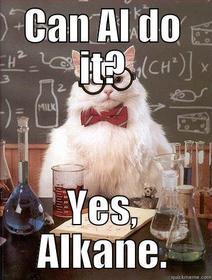AS - Level Chemistry (Module 4) Flashcards on Alkanes - questions and answers, created by Emily Sutton on 28/02/2016.
Pinned to
2091
0
0
No tags specified

|
Created by Emily Sutton
almost 9 years ago
|
|
Close





